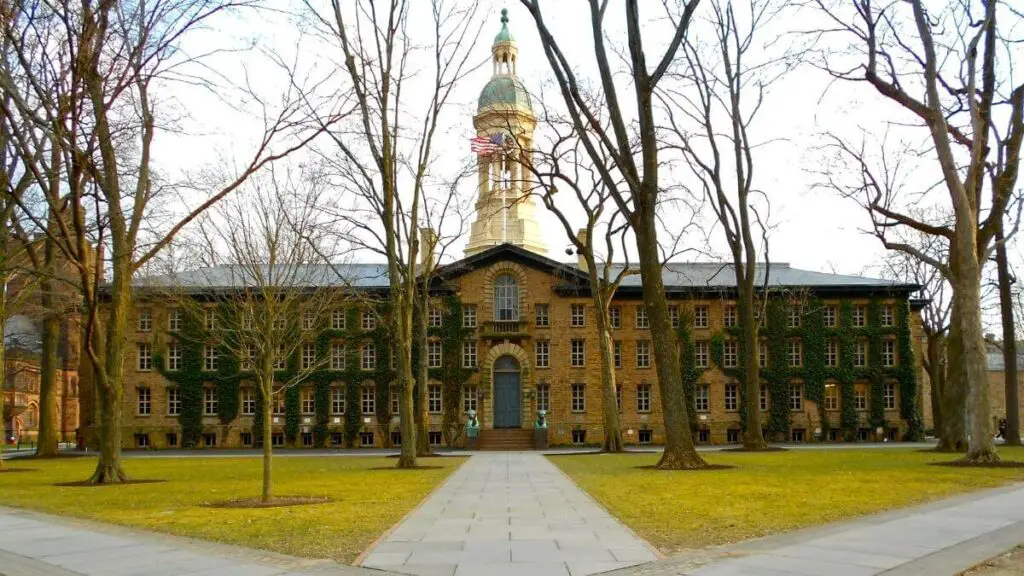High school students work hard to earn acceptance to the colleges and universities of their choice. Unfortunately, financial constraints often limit the options of students and their families when picking an institution of higher education. Traditionally, many high-performing high school students have considered the prestigious Ivy League universities too expensive. For example, the cost of tuition and fees, room and board, and textbooks at the Ivy League Princeton University is almost $80,000 per year! However, the past several years have seen a flurry of reforms at Ivy League universities regarding financial aid. Recently, Princeton University announced that it would cover all college-related costs for students from families making under $100,000 in annual income.
“No Loan” Financial Aid
Recent years have heavily featured news about rising college costs, perhaps dissuading many students from applying to colleges and universities they assume to be expensive. However, many prestigious universities have implemented “no loan” financial aid policies, allowing students to attend these universities without taking on debt. Among the fifteen universities that have implemented complete “no loan” policies are several Ivy Leagues and other elite schools, including Stanford, MIT, and the University of Chicago. And it’s not just private universities going this route – the University of Michigan at Ann Arbor and the University of North Carolina at Chapel Hill are on the list.
“No loan” policies mean the school provides grants and work-study programs to cover the cost of tuition, fees, and room and board. Other universities, such as Ohio State, are creating individual programs that are debt-free and allow students to work their way through school. Of most schools that have implemented “no loan” programs, there is an income cap between $100,000 and $150,000 of annual family income. However, some students fall into an assistance coverage gap if they have parents with high income but little or no support for paying for college.
Completely No-Cost Universities
Fortunately for those teens who may fall into an assistance coverage gap, there are several completely no-cost universities. These include the five prestigious U.S. Service Academies, which require a formal application process and congressional nomination, and many other individual schools. Several private universities are completely no-cost, and these tend to be religious or liberal arts schools. These universities typically require students to be full-time and live on campus. Most are small and are focused on niche programs, such as music or ranch management. A few state universities are on the list, such as the University of New Hampshire, but the no-cost option only applies to those with lower family incomes.
Four of the five U.S. Service Academies are part of the U.S. military branches, and graduates receive an officer’s commission upon graduation. The U.S. Merchant Marine Academy is slightly different, but many of its graduates are commissioned as Navy or Coast Guard officers. Admission is highly competitive, and graduates must serve five years in the military. In terms of prestige, the U.S. Military Academy (commonly known as West Point) and the U.S. Naval Academy (sometimes simply called Annapolis due to their location in Annapolis, Maryland) often rival the Ivy Leagues, and the U.S. Air Force Academy is also very highly reputable. For those willing to perform military service in exchange for cost-free college, ROTC (Reserve Officer Training Corps) scholarships are available at most large universities.


